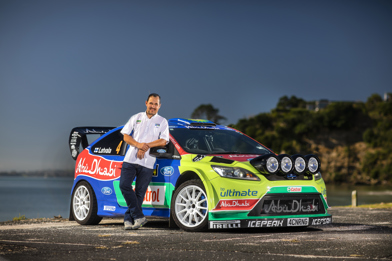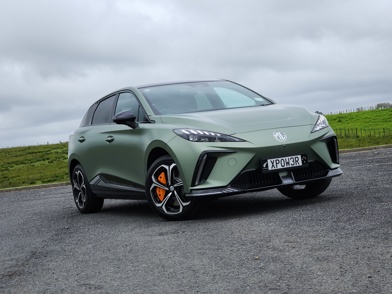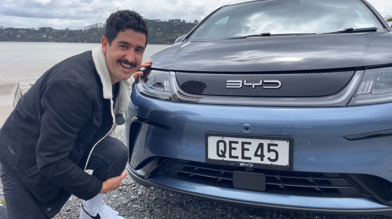Swift has always been a sure thing for Suzuki New Zealand. It’s unashamedly a hatch rather than any kind of SUV, but it remains the company’s number one seller by quite some margin. Its 1000 sales year-to-date are over twice that of the in-demand Jimny; S-Cross and Vitara aren’t even in the same conversation.
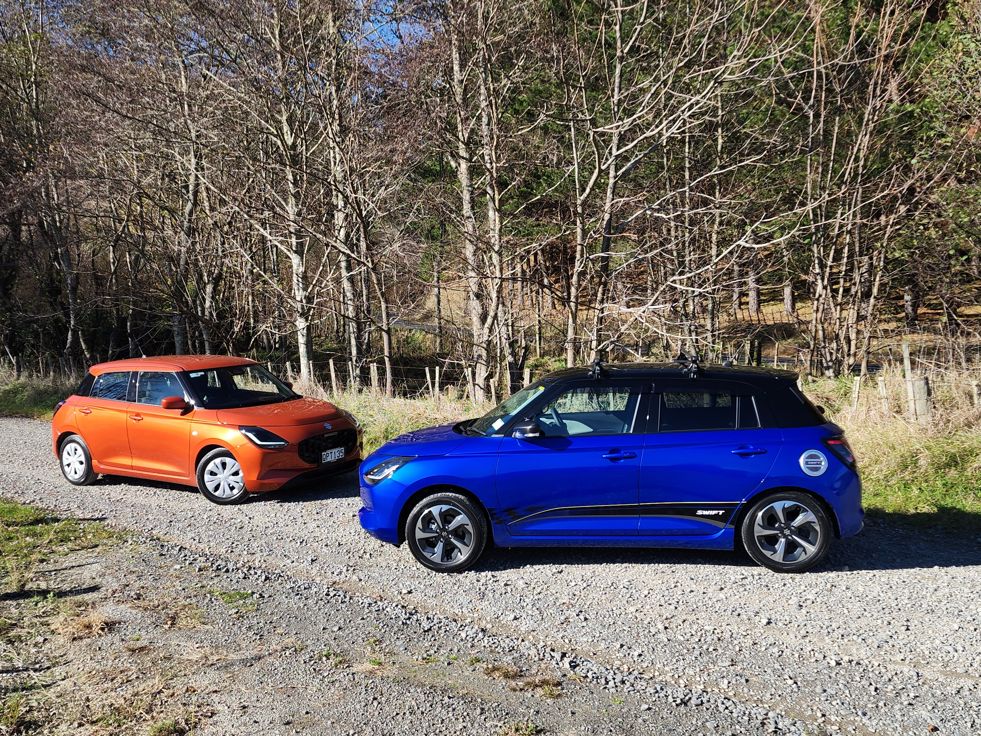
It’s the third-best-selling passenger or SUV model in New Zealand, behind Toyota RAV4 and Mitsubishi Outlander. In fact, Suzuki NZ claims it’s the number one privately purchased car in the country since 2005, with over 32,000 registered; that’s at least 30 per cent more than the Ford Ranger and doesn’t include used imports, which have at times outnumbered the Kiwi-new stuff by two-to-one.
Suzuki NZ chief executive Gary Collins calls Swift “one of NZ’s most recognisable vehicles” and it’s hard to argue.
Yes, about that. It’s recognisable thanks to a very distinctive look established by what Suzuki calls the first-generation Swift, in 2005. That’s cooking the books a bit, because of course the Swift name dates back over four decades, with early generations from 1983-89 (aka Cultus) and 1989-2003 (including the awesome Swift GTI).
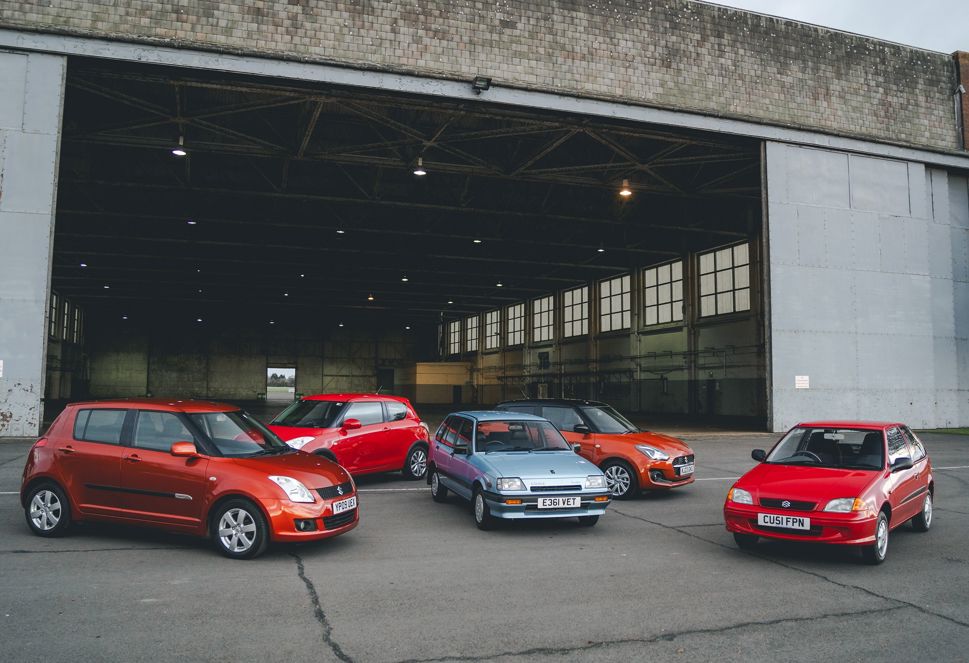
But it does make sense to (re)start in 2005 because that model with the Mini-esque styling represented a complete rethink and reboot. Generation two came in 2010 and then three in 2017.
Now meet number four, a radically renewed Swift that looks quite different but also reassuringly the same.
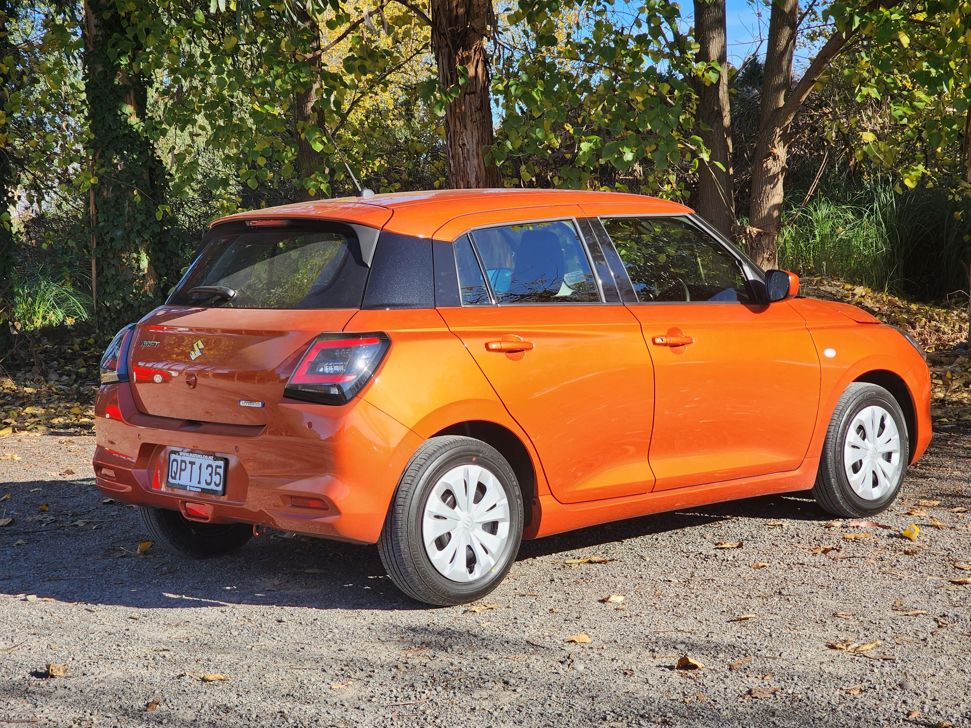
It’s also a somewhat consolidated Swift, with four engines in the previous range becoming one. The only powertrain for now is a mild hybrid combining an all-new 1.2-litre three-cylinder petrol engine with 12-volt hybrid tech, including an integrated starter generator (ISG).
The new powertrain comes in GLS and RSC models. And that’s it for now. But also not quite it for the range; more about that down the page.
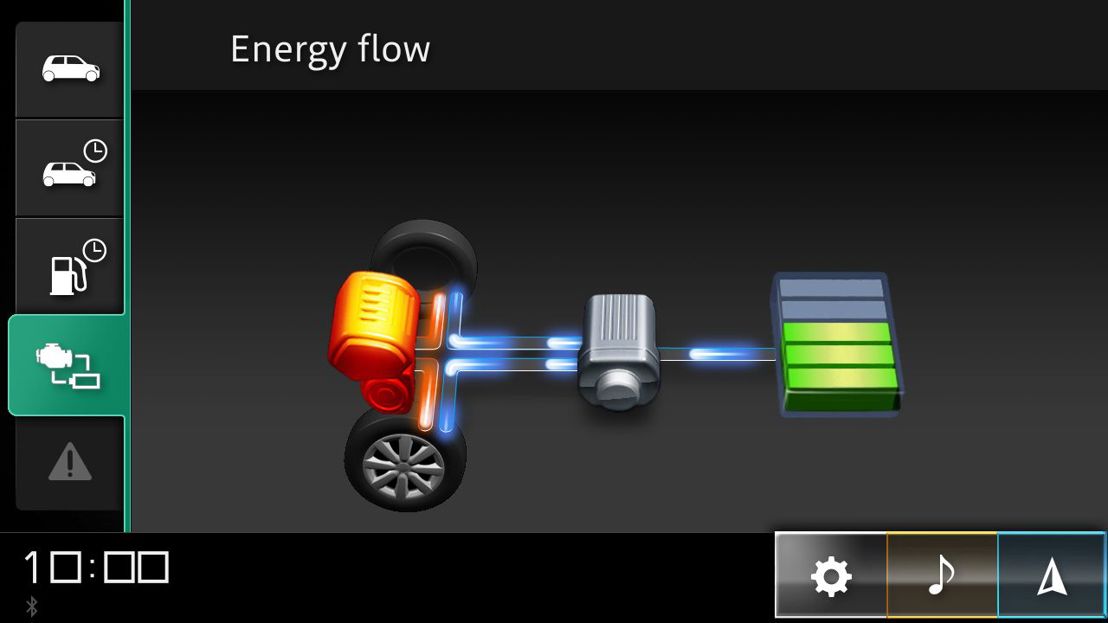
Think of the new Swift as a replacement primarily for the outgoing hybrid, which came in two versions (GLX and RS) and did its thing with a 1.2-litre four-cylinder engine. The new car’s 61kW/112Nm is very close to the old car’s 61kW/107Nm and the smart hybrid vehicle by Suzuki (SHVS) electrification system operates in exactly the same way, albeit with a few tweaks to further improve efficiency and regeneration. Fuel economy has improved by 8.5 per cent to 4.3l/100km for the automatic version. It’s in two figures for CO2 under the Clean Car 3P-WLTP standard as well: 91-96g/100km.
There are a couple of headlines for the new Swift GLS. First, at $27,990 in automatic form it’s $1000 cheaper than the outgoing GLX hybrid. Second, Suzuki is offering it in manual-transmission form (a $2000 saving): something that wasn’t available with the previous hybrid, although the company did offer a manual in the old non-hybrid GL.

If you can look past the 15-inch steel wheels, the GLS is nicely kitted out with LED headlamps, keyless entry/start, upsized 9in infotainment with wireless Apple CarPlay and wired Android Auto, adaptive cruise control, traffic sign recognition, lane keep assist/departure warning and six airbags.
The $29,990 RSC (or $30,500 with black roof) adds siny 16in rims, climate air, additional USB A/C ports, privacy glass, paddle shifters, darker upholstery, heated front seats and extra active safety including blind spot monitor and rear cross traffic alert. Note there’s no manual option for the RSC; it’s CVT-only.

Those are all launch prices, by the way. Suzuki says the end date for the promotion is yet to be determined, but it’s working with around three months stock at the moment, so those numbers should be secure until then.
There’s a lot that’s new with this car, although it has to be said that this is probably the smallest change in Swift generations since that 2005, um, original. This Swift carries over the Heartect platform from the previous model (also used for Ignis), including its basic suspension design. And the majority of that 12-volt SVHS system.
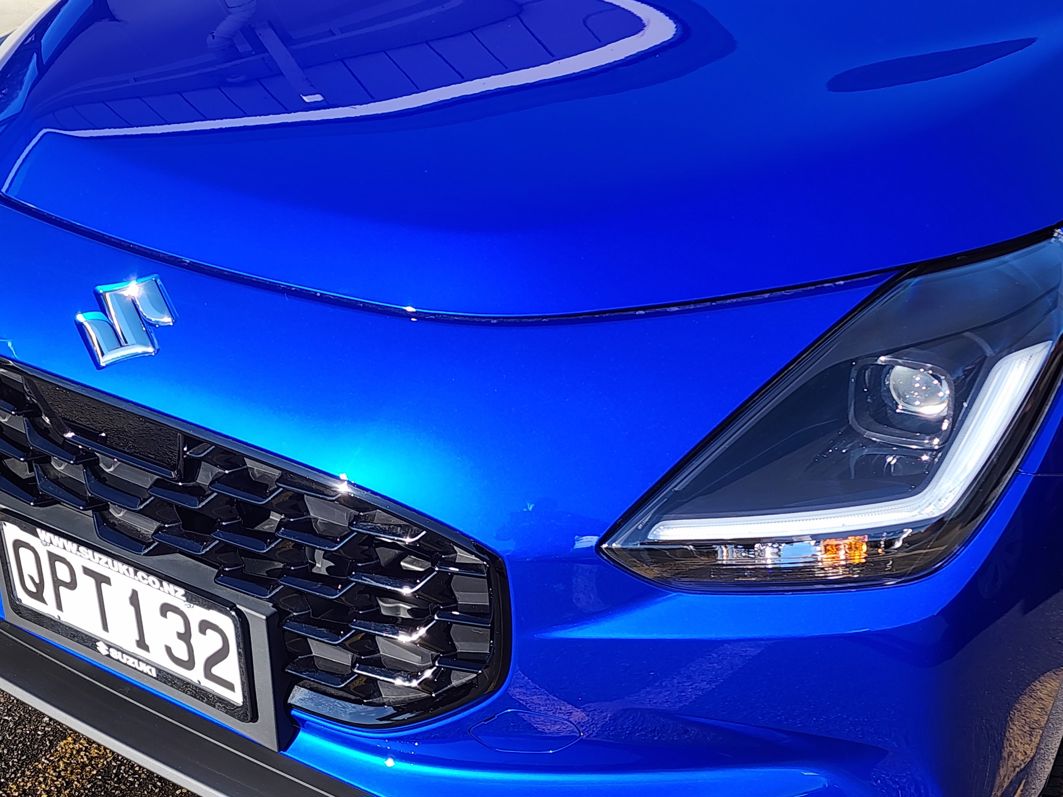
But from the buyer’s point of view, it’s still a pleasingly bold reinvention. That snub nose might seem a bit jarring at first, but it’s a clear styling signature for the new car and it allows Swift to have the classic-Suzuki clamshell bonnet, just like Ignis, Jimny and Vitara.
It’s still no performance powerhouse, but the new three-pot engine is endearing in a way that the old four-cylinder could never be. And no, it doesn’t thrum through the cabin all the time; it’s been muted to a remarkable extent at cruising speed, to the point that you’re overly aware of road noise on coarse chip.
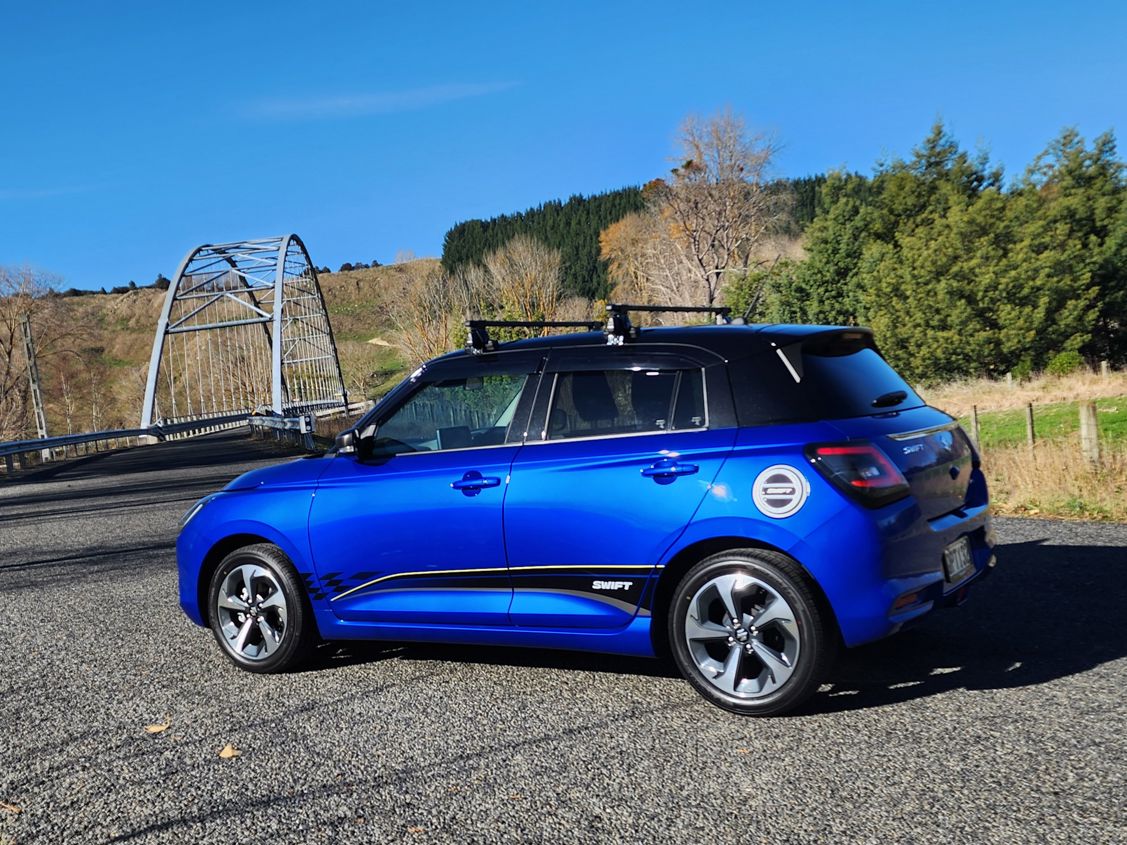
However, if you happen to like those odd-number harmonics (we do), the three-pot soundtrack comes alive as you climb past 4000rpm.
The CVT is smooth at middling speeds and is well suited to what a Swift needs to do day-to-day; it's the little engine that really gives the powertrain a lift in terms of enjoyment. The RSC's paddle shifters add an extra dimension, but that kind of thing is never terribly convincing with a CVT.
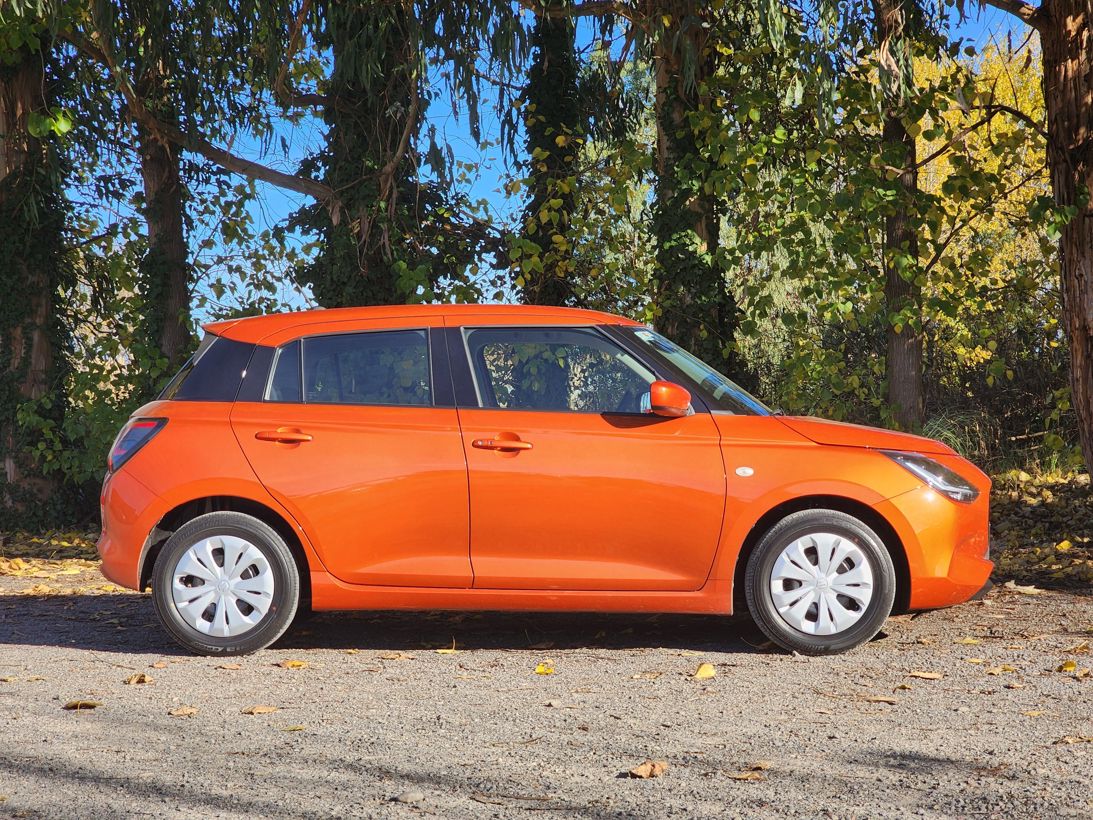
And the manual? Great fun. It's not sporty (not like a Swift Sport, for example): the clutch is light, the shift is light. But the little engine and three pedals are a great combo. It's a feelgood city hatch.
As with the old car, this is the mildest of hybrids. The SVHS system can recapture and store energy under deceleration or braking, which is then used to run some of the electric system (reducing load on the engine). The ISG handles stop-start and can add a 2.3kW/60Nm boost to the engine for up to 30 seconds, as long as certain operating conditions are met and you’re below 3900rpm.
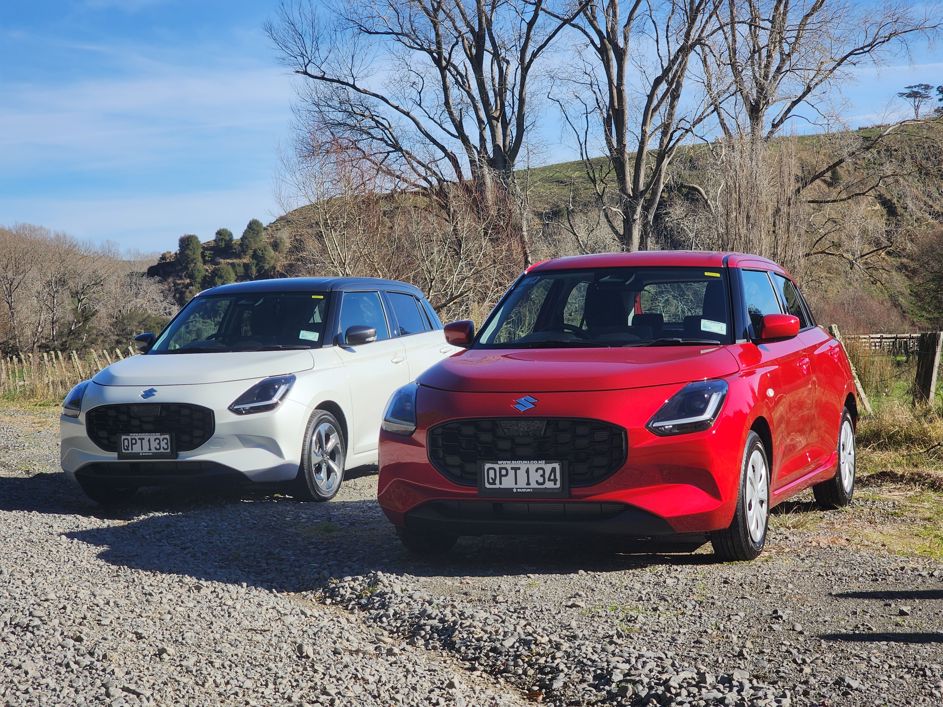
No real change to the way it all works, but minor SVHS tweaks and an engine with one less cylinder have helped Suzuki make some pretty decent efficiency gains with this car… from an already thrifty base. The only downside is that it still needs 95-octane fuel.
Swifts have always look great on the outside but not necessarily on the inside. The fourth-gen model has made major advances here, too. It’s still pretty conservative looking and the plastics are hard, but there’s a general air of stylishness that we’ve not seen before and even a bit of colour, with a dual-tone cream-and-black thing going on. At least now the cabin is more befitting of the distinctive design on the outside.
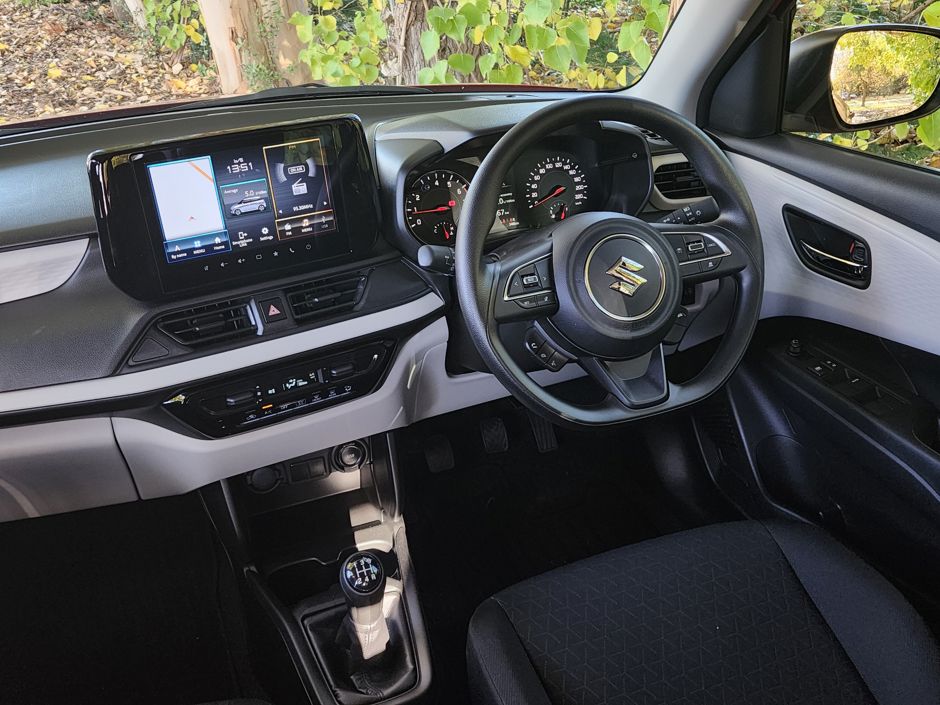
Size-wise there’s not a lot of change. New Swift is just 15mm longer but cabin space is very similar. Bootspace has never really been a Swift thing and with 265 litres the new car is around the same as the outgoing hybrid – and actually a little smaller than the old (non-hybrid) model.
Speaking of which, you might have noted we’re now left with no true entry-level Swift and no new Swift Sport in this new generation. Suzuki NZ is addressing the former problem with a year’s stock of the previous-gen GL automatic model, which will continue to be available alongside the new version, at $24,990. Fleet sales beckon, especially while the company is waiting for an ANCAP crash-test score for the new car.
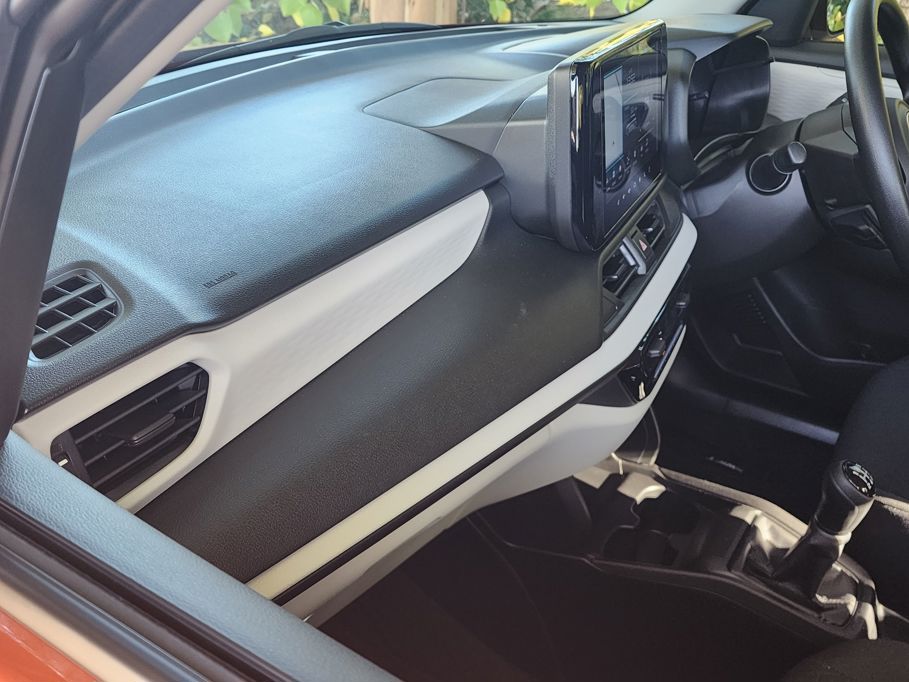
There will of course be a new Swift Sport at some stage, but nothing is known right now; well, that’s Suzuki NZ’s story. The factory is still producing the previous-gen car and Suzuki NZ will continue to sell it for the foreseeable future (like, at least a year) at $31,990-$34,500.
With the new-vehicle market down 13 per cent year-to-date, on a 2023 that was already 10 per cent down, it’s a tough time to sell anything. Given light commercials are actually 10 per cent up, it’s clear the biggest slump is with private buyers. The kind who buy Suzuki's stuff.
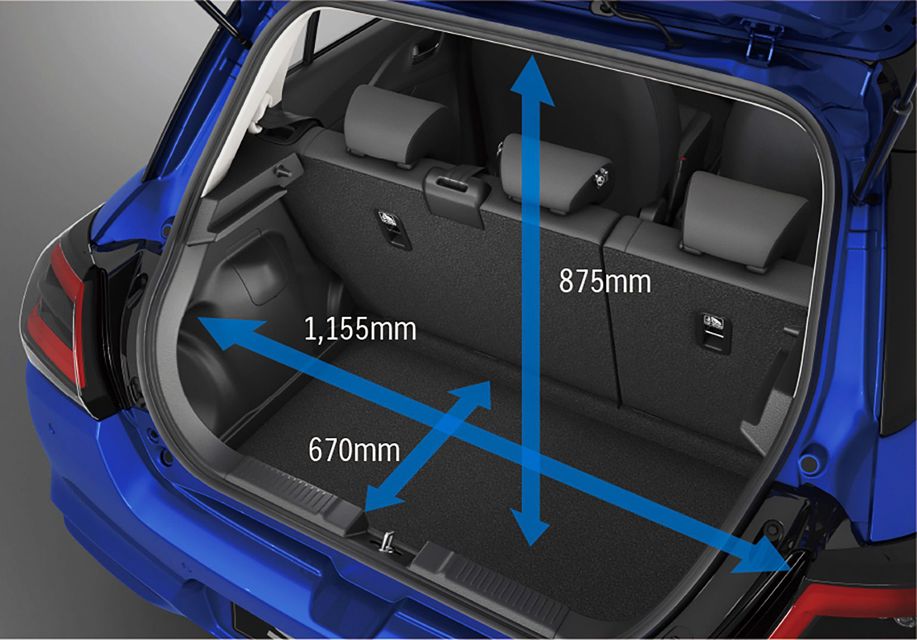
But with the removal of the Clean Car Discount this year and a range currently devoid of EVs, it’s fair to say Suzuki NZ has unwittingly found itself in as strong a position as it could hope for given the circumstances.
“The passenger and SUV segment is down 22.1pc, which is not a pretty picture, but it’s nothing like the drop in the electric market to the end of April, which is 70 per cent down,” says Suzuki NZ chief executive Gary Collins.
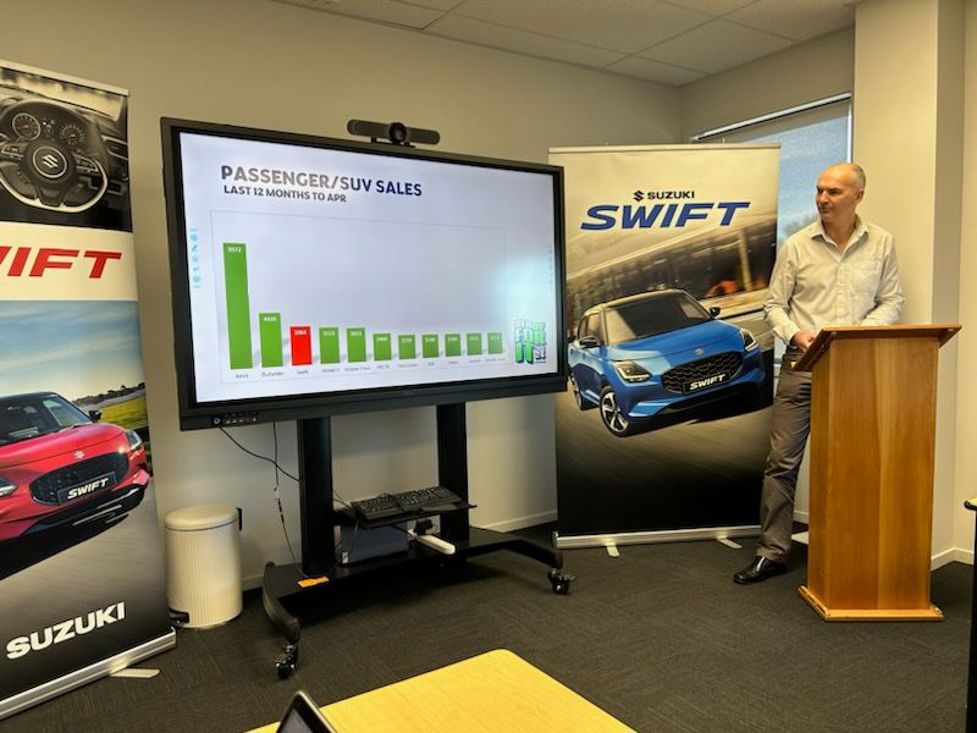
“Suzuki doesn’t tend to be first to market with new technologies, and in the second half of last year that seemed like a significant hindrance to our business. But in hindsight, it has left Suzuki in a secure position, not having dollars tied up in electric vehicles that are proving very difficult to sell.
“While electric vehicle sales will steadily improve, some distributors will certainly have a difficult remainder of the year balancing the books, with overall sales down and a portion of their model mix sold at significant losses.
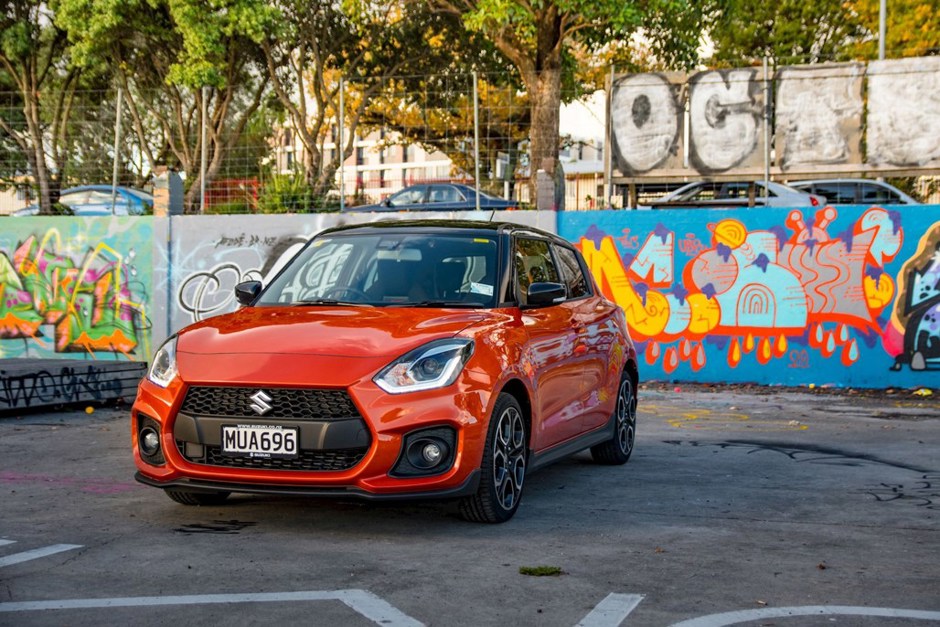
“The first half of last year we were feeling pretty smug, with customer rebates applying across a number of our models. The 1 July Government emission policy changes highlighted what a huge impact Government incentives have on buyer behaviour. This pulled our sales back to just under 7000 units last year, but it was still our 4th highest result ever.”
The outgoing Swift has totalled 3264 units in the last 12 months to April. For the coming year, Suzuki NZ is confident of bettering that by some margin, with over 2800 registrations of the new car and 870 of the GL automatic.
ENGINE: 1.2-litre 3-cylinder with 12-volt mild hybrid system POWER: 61kW/112Nm GEARBOX: 5-speed manual (GLS only) or continuously variable, FWD CONSUMPTION: 4.0-4.3l/100km (3P-WLTP) PRICE: $25,990 to $30,500.





















